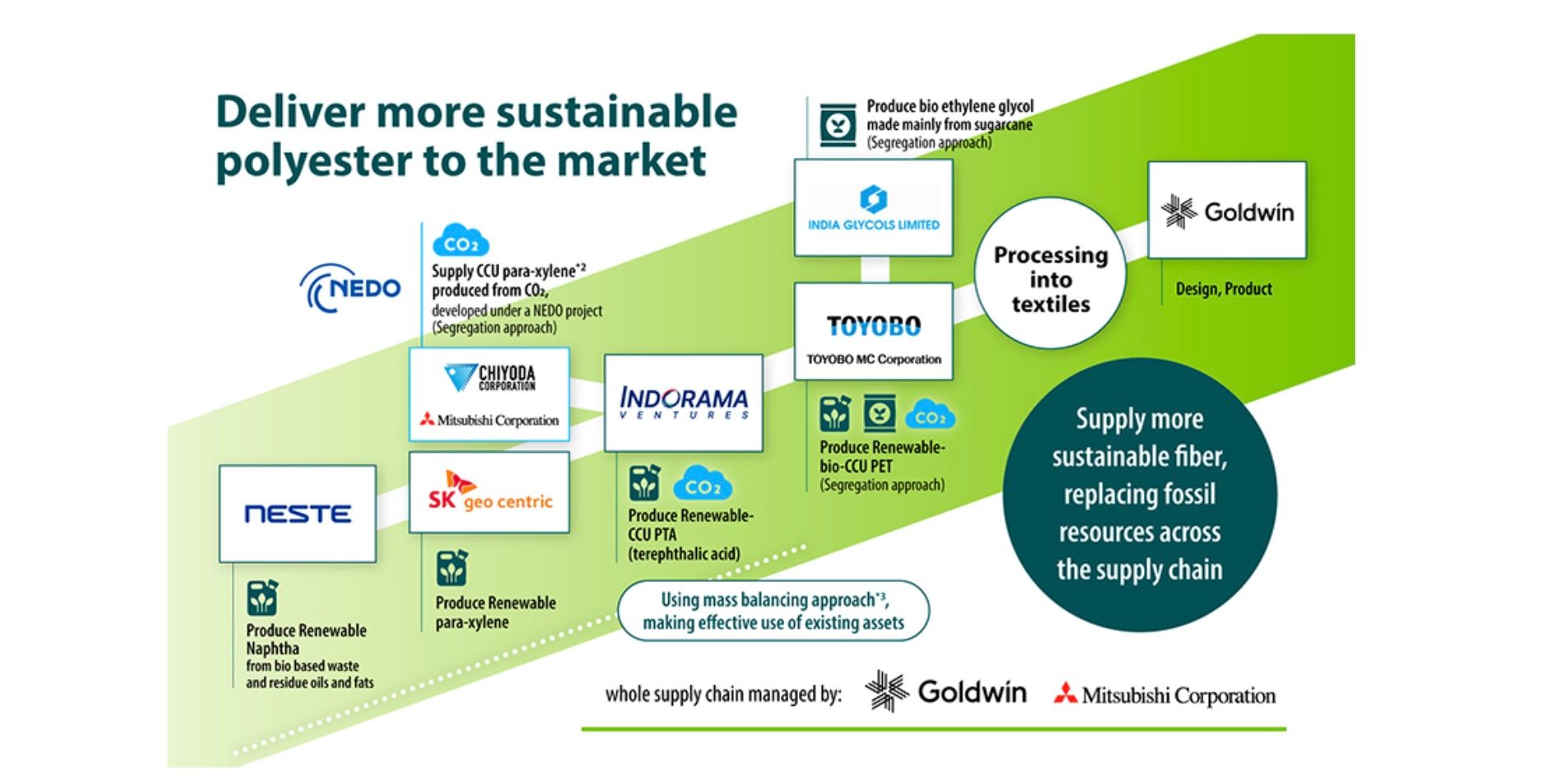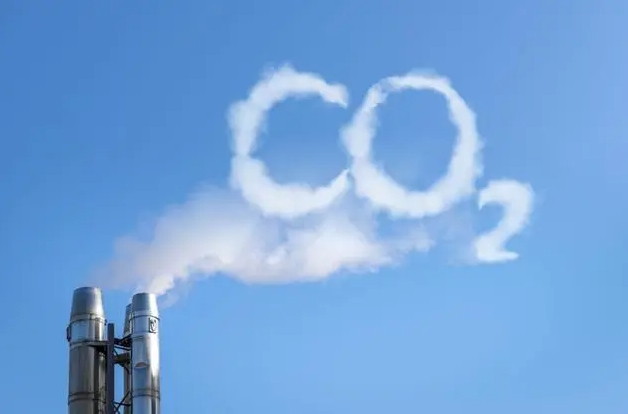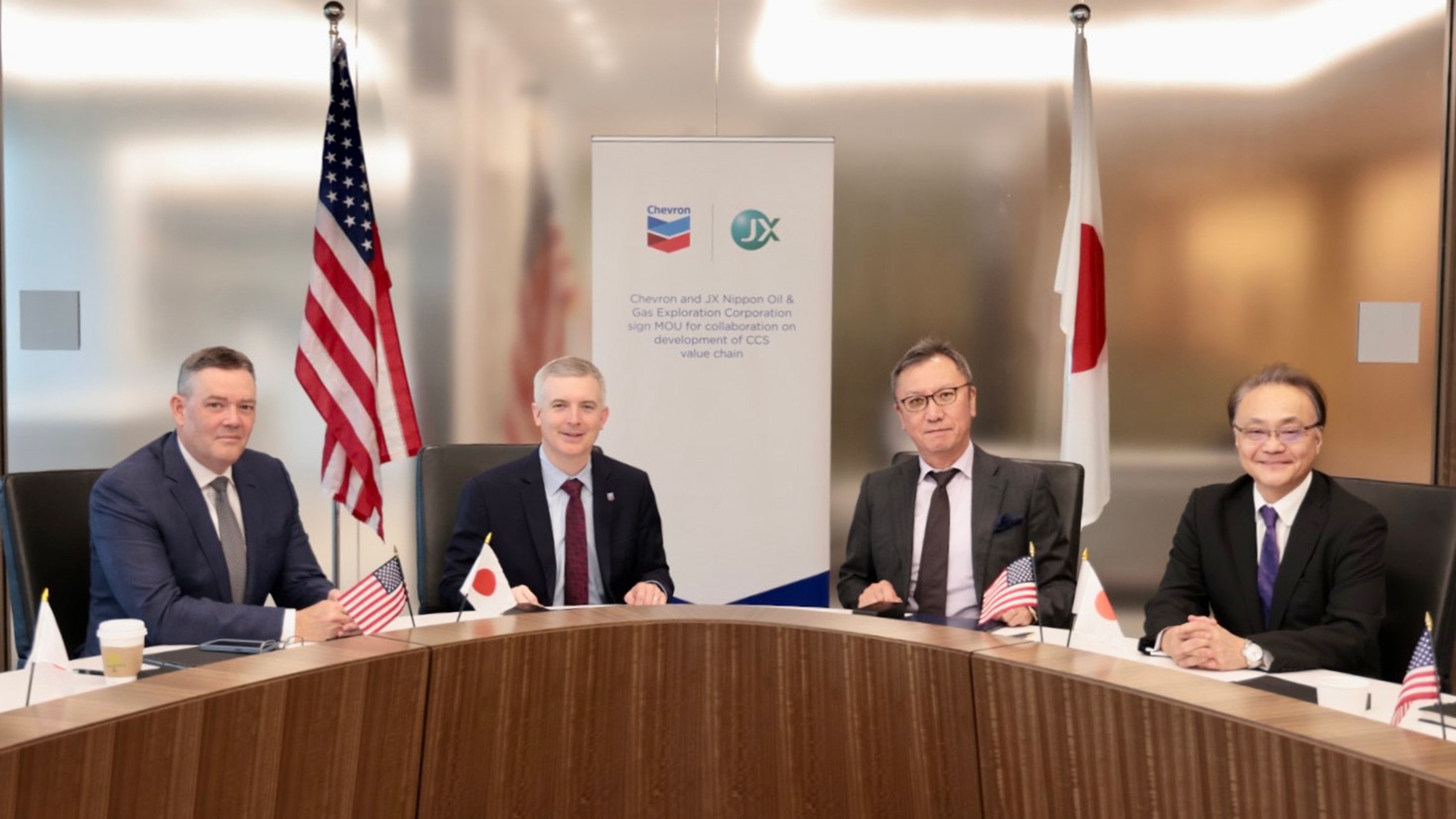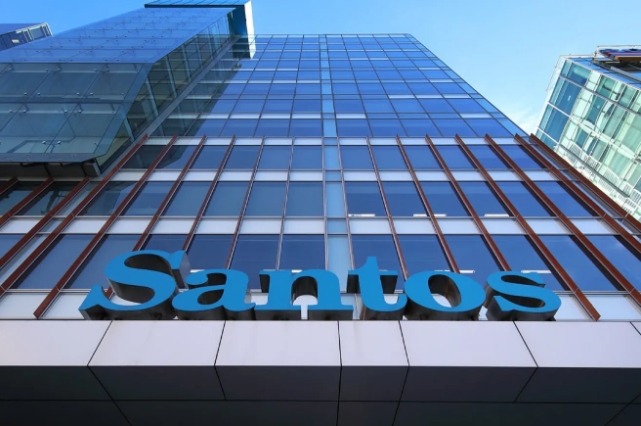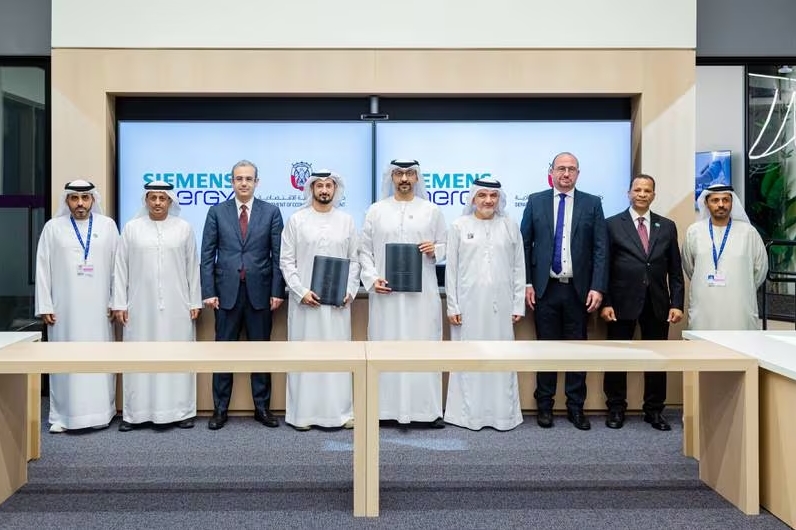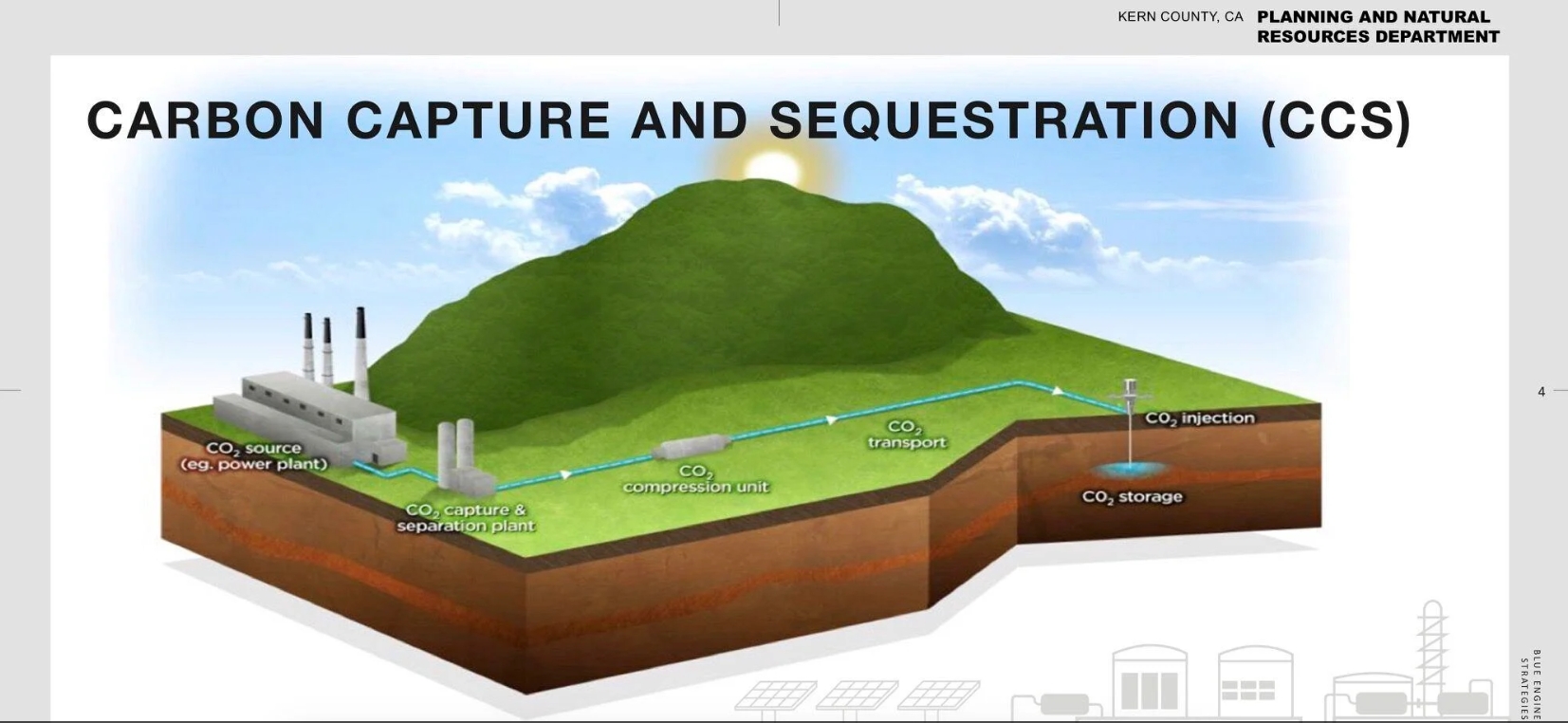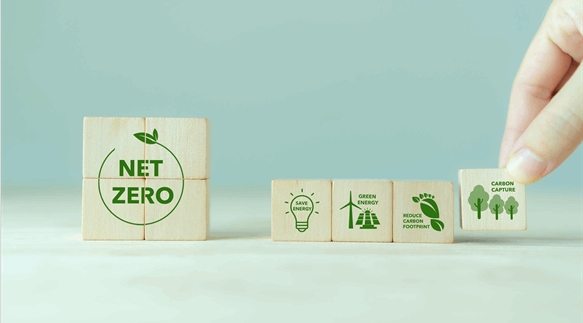Hydropower stations constructed decades ago across Asia are in need of significant investment and upgrades to enhance their critical contribution to the region’s clean energy goals, according to a study conducted by the International Hydropower Association (IHA) for the Asian Infrastructure Investment Bank (AIIB).
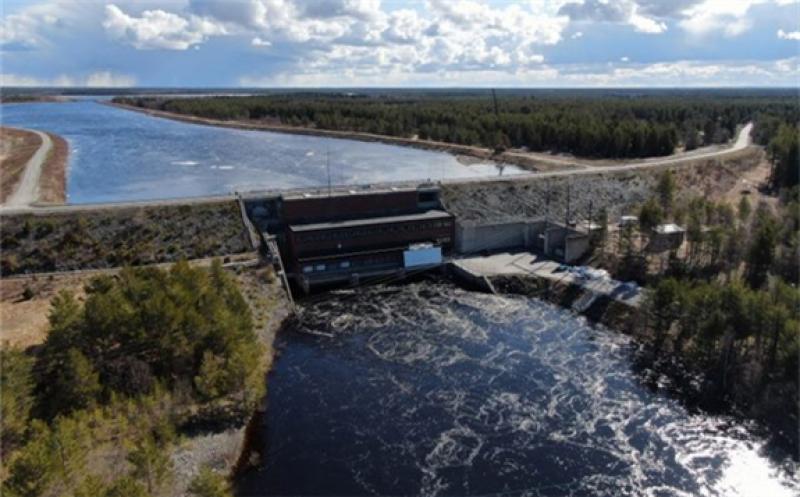
The study, carried out to provide a better understanding of the scale of the region’s modernization needs, identified 66 hydropower stations across 19 countries that could be ripe for modernisation, at an estimated investment value of up to $13.7 billion.
The 19 countries covered are Azerbaijan, Georgia, India, Indonesia, Kazakhstan, Kyrgyz Republic, Lao PDR, Malaysia, Myanmar, Nepal, Pakistan, Philippines, Russia, Sri Lanka, Tajikistan, Thailand, Turkey, Uzbekistan and Vietnam.
Potential projects range from rehabilitating existing infrastructure to improve efficiency, climate resilience and safety to expanding a station’s capacity to meet increasing electricity demand and support the integration of variable renewables.
Asia is home to about half of the world’s installed hydropower capacity, at almost 650 GW. Hydropower accounts for about 14% of total annual electricity generation. Countries such as Afghanistan, Bhutan, Cambodia, Georgia, the Kyrgyz Republic, Laos, Myanmar, Nepal and Tajikistan rely on hydropower for over half of annual generation.
IHA estimates that more than a third of the continent’s capacity will require, or have undergone, modernization by 2030. Excluding China, which has a larger proportion of newer hydropower plants, this figure rises to around half of existing capacity.
The new research, conducted over an eight-month period, found the countries with most hydropower capacity in need of modernization and further investigation are India and Turkey. The main drivers behind the need for modernization range from upgrading aging equipment to improving energy performance, reducing environmental impacts and complementing renewables like solar and wind.
“Over the coming decade, the region’s need for reliable and sustainable energy will grow immensely,” said Nicholas Troja, IHA senior analyst. “If properly managed and invested in strategically, hydropower’s existing capacity will form the backbone of this energy transition and be essential in meeting the objectives set out in both the Paris Agreement and the Sustainable Development Goals.”
Modernization options include retrofitting aging turbines and other equipment with state-of-the-art technology and digitalizing operations with installing new smart controls, intelligent condition monitoring and remotely operated systems. Other options include adding floating solar photovoltaics (PV) to a reservoir or developing solar-hydro hybrids that save on land and grid connection costs.
The decision to upgrade a plant will often be influenced by a range of factors, including electricity prices and market design, as the study explains. It stresses the need for governments to develop enabling policies to encourage investment, otherwise they risk having to decommission aging hydropower stations and losing reliable, renewable generation capacity.
The study was completed in March 2020 and also involved a high-level cost benchmarking exercise to help inform understanding of investment cost ranges for modernization. The AIIB working paper, published this week, presents a condensed version of IHA’s final report.
IHA is a non-profit membership organization with a mission to advance sustainable hydropower by building and sharing knowledge on its role in renewable energy systems, responsible freshwater management and climate change solutions.

